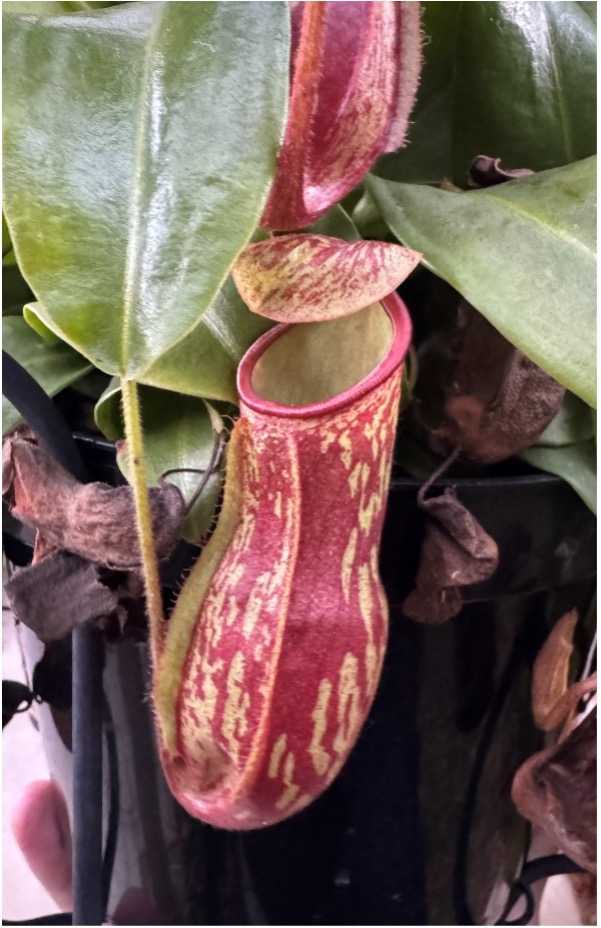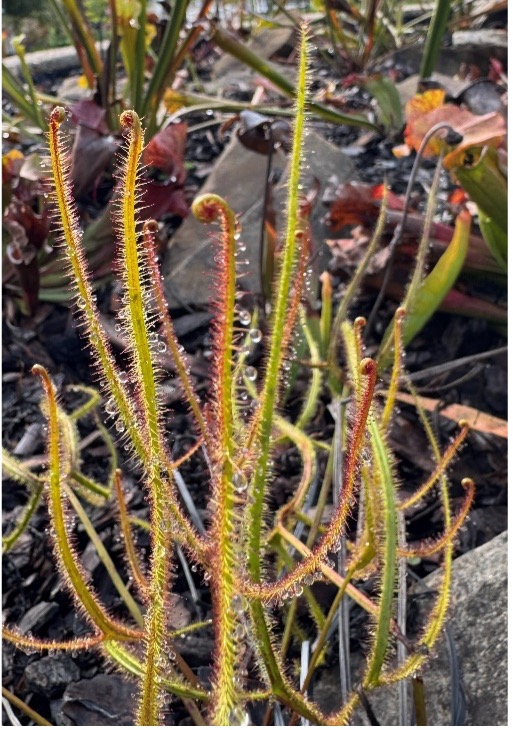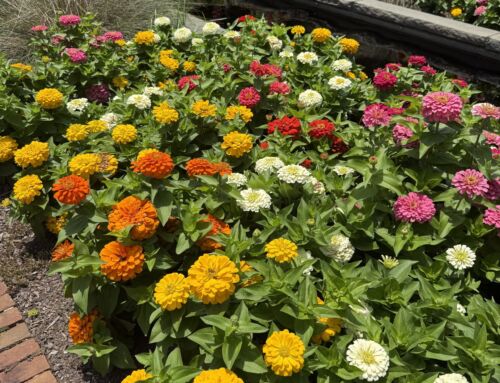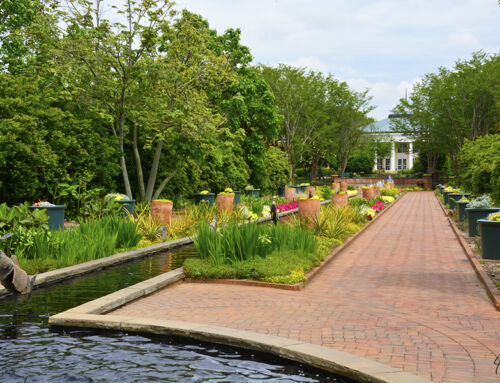Halloween is almost here and what's more spooky than a carnivorous plant? This strange collection of plants has evolved over millions of years to collect the vital nutrients, Nitrogen and Calcium, from insects and even small animals. They are native to different regions of the world, from cold climates in Canada to tropical climates like Madagascar. There are two things that mark where carnivorous plants can be found: low levels of Nitrogen and high levels of light. In these inhospitable conditions, these plants evolved all sorts of strange ways to catch and digest their pray. Let's take a closer look.

Sarracenia
Sarracenia: These plants are knows as North American Pitcher Plants. They have evolved a tubular leaf that comes in various colors, shapes and sizes. Some have nectar glands that attract insects to the lip of the tube where they can easily slip and fall into the trap. In the bottom there are digestive fluids that, once the insect drowns, will begin to brake them down so the plant can absorb the nutrients. You can find these plants in our raised garden bog at the top of the Perennial Gardens.
Nepenthes: Nepenthes are also known as Tropical Pitcher Plants. They have a similar modified tubular leaf to sarracenia, but it’s borne on the end of the leaf tip. Some will even use their leaves for climbing, acting like a vine. They can range in size from an inch to pitchers big enough to catch mice! You can find these amazing plants in the Willimson Conservatory in hanging baskets near the front entrance.
Drosera: Sundews have a completely different type of trap for catching insects. They have thin leaves covered in hairs with a glad on the top. The glad produces a sweet sticky goo that both attracts insects and traps them. The plant will then start to curl its leave around the pray trapping it more and pressing it against its leaf. Once the insect dies, the plant will break down the prey with digestive enzymes and unfurl the leaf. These plants are also in the raised Bog Garden at the top of our Perennial Gardens

Nepenthes

Drosera

Dionaea
Dionaea: These are Venus flytraps. Flytraps can only be found near the coasts of North and South Carolina. They use a modified leaf shaped like a bear trap to close around their prey. Inside the trap are trigger hairs that when touched will cause the leaf to snap shut trapping the insect. Once the insect is trapped the plant begins breaking down the insect over the next one to two weeks. This complicated trap can only be used 3-4 times before the trap is spent. If you own one of these little guys, try to resist the temptation to trip the traps with your fingers!
This just scratches the surface of this creepy collection of plants at Stowe. If you would like to learn more about them, please come by and check out the raised Bog Garden or The Williamson Conservatory and see them in person!





